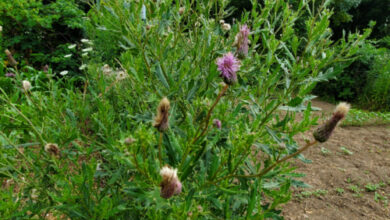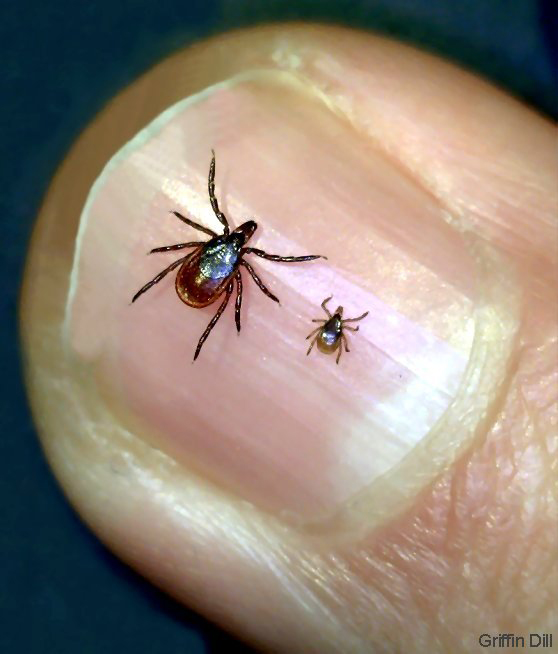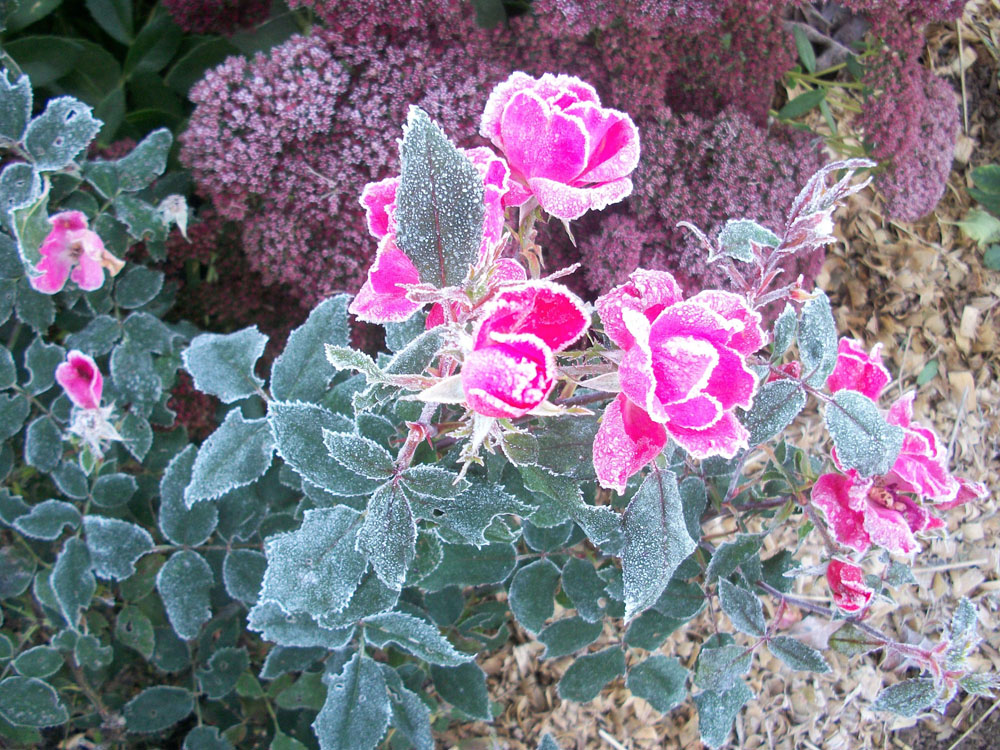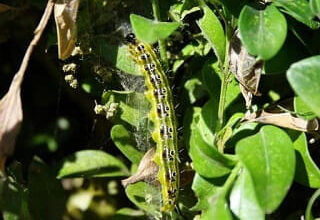Seed saving
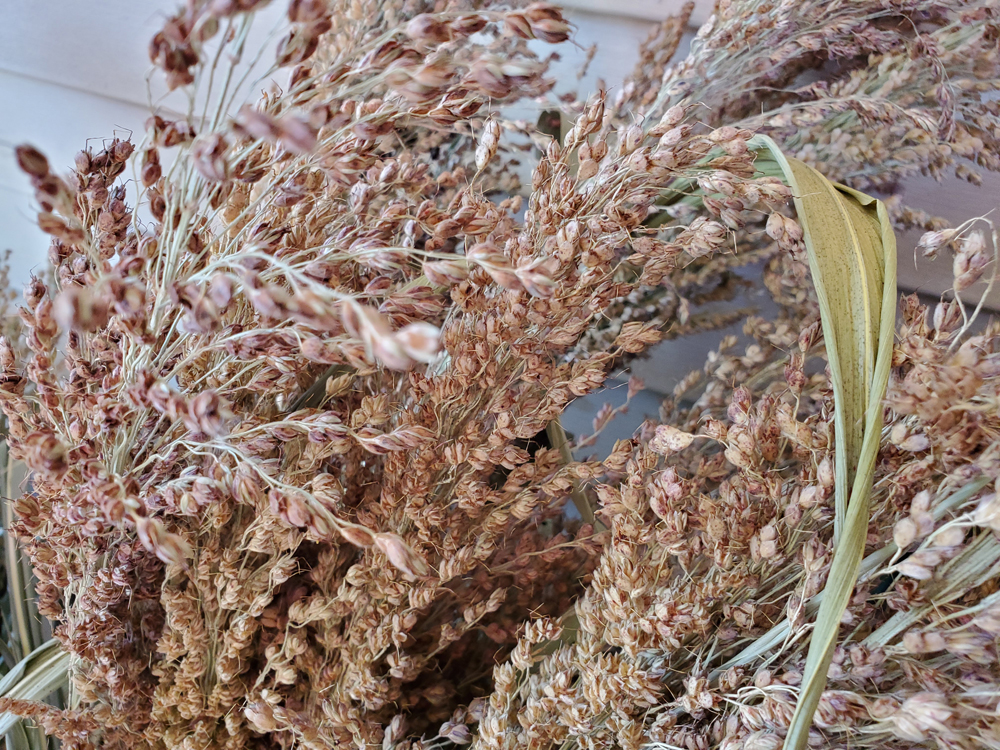
There are many reasons why you might want to save your own seeds. Perhaps there is a unique variety you like, but it is difficult to find each year; maybe you would like to help preserve the genetic diversity of heirloom varieties; maybe you would like to have your own stash of seeds available if seeds become difficult to come by; or maybe you would just like to experience the satisfaction of growing garden vegetables, fruits, and flowers from seed you have produced and saved yourself.
Penn State Extension says before you start, it is important to understand that not all vegetable varieties are suitable for seed saving. Hybrid varieties are not a good choice because seeds from hybrid plants will not produce genetically true fruits. That means it is likely that the plant will produce a fruit that resembles only one of the plants used to make the hybrid variety. Heirloom varieties work well for seed saving. Varieties such as Brandywine or Amish Paste tomatoes, Kentucky Wonder or Blue Lake green beans, Green Arrow peas and Danvers Half-Long carrots are good candidates. Consider only open-pollinated varieties, which set seeds that grow into plants that are very similar to the parent plants. This happens whether they are self-pollinating or cross-pollinating plants. Heirlooms commonly are open-pollinated plants.
Select plants in your garden that are the most vigorous with the best-tasting fruit for seed saving. Do not save seed from weak or off-type plants. Wait until the fruit is ripe and the seeds are mature before harvesting. If you are saving tomato seeds, make sure the fruits are fully ripe. Cucumbers are typically harvested for eating when they are immature, if you are saving the seed, wait until they turn yellow. Peppers typically turn red when they are fully ripe and you should wait for them to do so before harvesting seed.
Penn State notes that peas and beans are easy seeds to save because they are dry-fruiting. Separate the seed from the fruit (the dried pod in the case of legumes) and let them dry. Small frames with nylon mesh screen work well because they allow for air circulation.
Tomatoes and cucumbers have what is known as “wet seeds”. You need to separate the seed from the gelatinous medium which encases them. Place the gel and seeds into a small jar about half full of water. Swish the water around and place the jar in a cool place to allow the contents to settle. Shake the jar periodically over the span of three to four days and then strain the solution through fine mesh. Rinse seeds to clean off any remaining gel and let dry for at least one week.
You can store your seeds in lidded glass jars or in paper envelopes. Label your containers and include important information such as harvest date, sow date, or days to harvest. Keep them in a cool, dry place until ready to plant.



